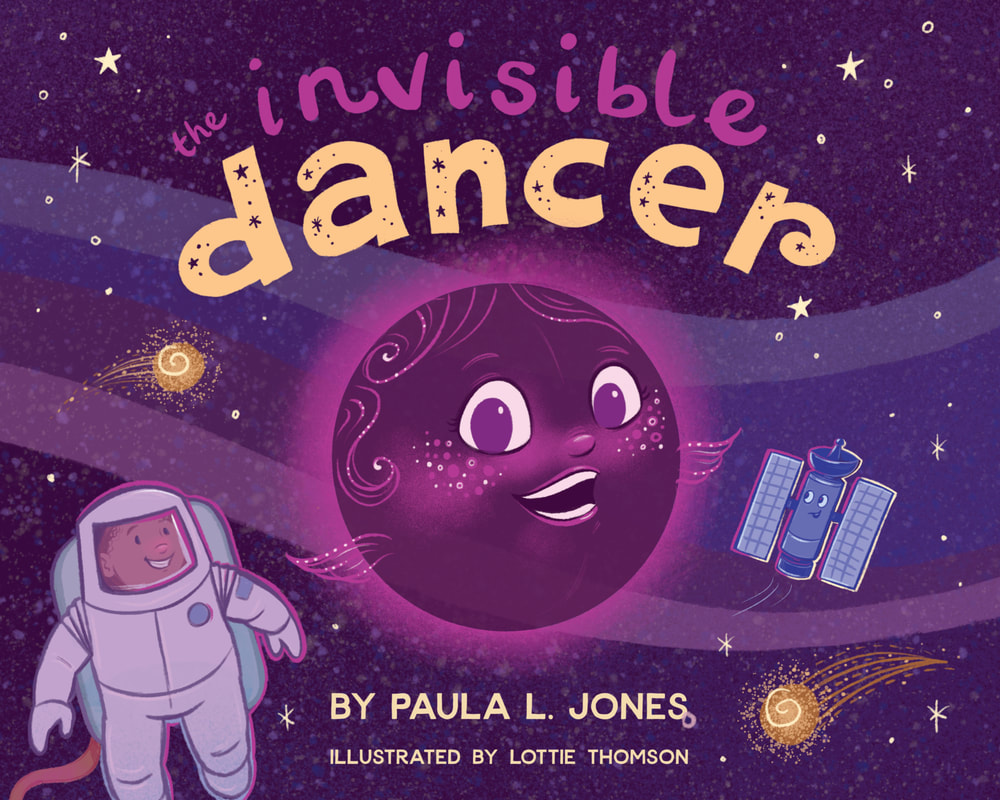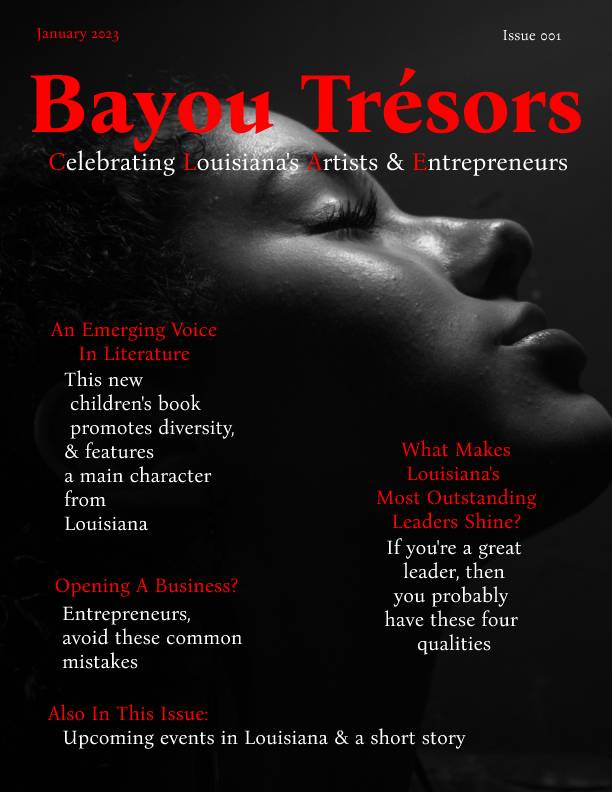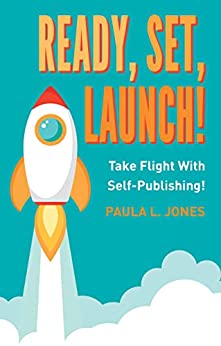|
This May, I'm hoping to release a children's book called The Invisible Dancer. It's about fitting in and learning your value. It's also an educational tool with a few facts about outer space. Hopefully, someone, somewhere will enjoy it. In any case, it was fun to write!
0 Comments
Over the weekend, my friend Raquel married her best friend Matthew and their wedding was absolutely fabulous! I was so honored and excited to be able to celebrate the event with their other friends and family! A little video from the special day is just below. I wish I had a nice camera, but I only had the one on my phone. So, the quality of the video is not what I would have liked. That said, the wedding was so spectacular that even with my sad little camera phone, the magic of the event still shines through! We don't typically set goals with the aim of failing to achieve them, but sometimes a perceived "loss" is even more valuable than a win could have been.
On that note, what if we never lost? Imagine what life would be like if every persob we asked out said yes, if babies took their first successful steps during their initial attempts at walking, and if we managed to get perfect scores on every test without studying. If life was like that, wouldn't we be jipped? Wouldn't we miss out on developing a certain set of skills that enhance resilience? Humility, which helps to refine our sense of self-awareness, might be challenging for someone who's used to getting what they want without having to work for it. Courage is another quality that can be enhanced when we get in the habit of pushing through defeat. After a fail, learning how to get up off the ground, work through embarrassment, and even perhaps through some physical scars that the loss brought is a painful yet priceless experience that builds our empathy for other people who have tough lives and it helps us to stop fearing failure. How many people are so scared of failing that they never even try to face challenges or chase after their dreams? But people who know loss and failure, though they certainly don't crave it, aren't as afraid of it and this gives them the humility and courage to keep trying. Even when the odds are against them, they try. And you know what? Sometimes they win amid the most seemingly impossible circumstances. This past Saturday was an exciting opportunity to chat with families about My Friend Jack Has Celiac as I set up a table near the entrance of the East Baton Rouge Parish Library and invited passersby to enjoy some gluten-free snacks and talk about celiac. Who wants to spend their Saturday morning talking to a stranger about a pesky gastrointestinal/autoimmune disorder? Honestly, I was afraid the answer to that question was a resounding, "No one." But I was pleasantly surprised when quite a few people were not only polite enough to have a friendly chat, but eagerly asking questions and sharing stories about their own experiences with celiac. It was truly a privilege to meet so many friendly and engaging people who were supportive of my new children's book about celiac and brave enough to try some gluten-free snacks. It also warmed my heart to see friends like local photographer Britt Smith, the lovely Ann Allison, and my parents Al and Lorraine. If you stopped by to chat this past Saturday, thank you for your time and support and I hope you and your family enjoy the new book!
When we carry an untold story, it sort of sits on our shoulders like a weight. But when we write what's locked away in our hearts, we let go of burdens we may not have realized we'd been holding onto. Other people who read these stories feel understood as they see their private concerns in the words of a stranger. Worries they've never uttered to another soul are suddenly staring back at them in a book written by a stranger. And as they continue to read, they feel a burden lifted from their souls. The gift of being understood allows them to release the worries they'd been holding onto. So, in more ways than one, our stories carry weight. We can choose to bear our stories on our backs for the rest of our lives or we can share so as to release the burden and let it become a blessing to some reader who needs our words. Everyone is a writer and everyone's story needs to be heard by someone.
We might be afraid of criticism, but judgmental people can't be avoided. They'll judge someone who's silent for remaining silent. So, why not speak up? Use your voice to share the story that someone else needs to hear. What do a nagging toothache, a persistent bad smell, and a person with a toxic attitude have in common? For one, they make daily life pretty miserable.
Maintain your positive outlook and compassionate nature.Being around someone who consistently insults others, gossips, initiates arguments, and complains can be contagious. This is part of what makes such behavior toxic. This person's behavior has a detrimental effect on others in their vicinity. So, try your best to maintain your positive outlook and compassionate nature. Fight the urge to imitate any aspect of their behavior. Establish Boundaries.One way to avoid being needlessly impacted by a toxic colleague's attitude is to only be in their presence when absolutely necessary. Avoid spending downtime with them, eating lunch with them, friending them on social media, or giving them access to your personal home number and email address. While you must engage with them at work regarding projects or tasks, there's no reason to do so outside of working hours. They may have issues, but you're not their enabler |











 RSS Feed
RSS Feed